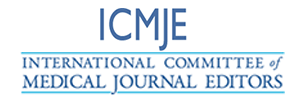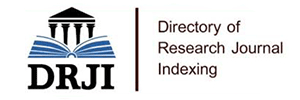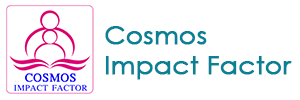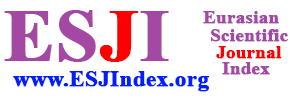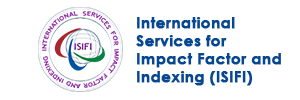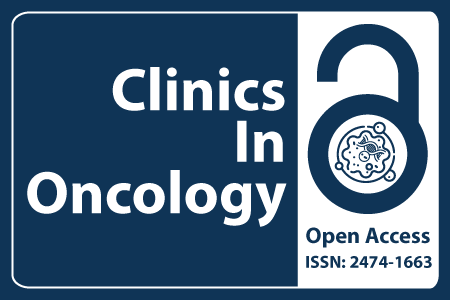
Journal Basic Info
**Impact Factor calculated based on Google Scholar Citations. Please contact us for any more details.Major Scope
- Ovarian Cancer
- Gastrointestinal Cancer
- Radiation Oncology
- Thoracic Oncology
- Hormone Therapy
- Chemoprevention
- Leukemia
- Adjuvant Therapy
Abstract
Citation: Clin Oncol. 2022;7(1):1954.DOI: 10.25107/2474-1663.1954
Oxaliplatin Anticancer Drug Action in Experimentally Induced Oral Carcinogenesis by Assessed DNA Flow Cytometry
Hussein AM, Badawy M and Soliman OH
Department of Oral and Maxillofacial Pathology, Assiut University, Egypt
Department of Oral Biology, Assiut University, Egypt
Department of Oral Medicine, South Valley University, Egypt
*Correspondance to: Ahmed Mohammad Hussein
PDF Full Text Research Article | Open Access
Abstract:
Introduction: Oral squamous cell carcinoma is one of the most widespread cancer which totalizes more than 90% of oral malignancies. Therefore, the conception of detaining or preventing the malignant transformation remains a viable target for the future. Oxaliplatin is a third-generation platinum-based chemotherapy cure that has value in the treatment against several forms of
neoplasms. Structurally, it holds a 1,2-diaminocyclohexane carrier ligand which intensifies its antitumor activity. It forms intrastrand links between two adjoining DNA bases, hence disrupting its replication and transcription.
Aim of the Study: The current work was carried out to report the oxaliplatin drug as a chemotherapeutic agent during DMBA-induced squamous cell carcinoma in hamster buccal pouch, utilizing the histopathology and the flow cytometry analysis.
Material and Methods: A total of 60 Syrian hamsters distributed as 2 animals examined for the normal pouch mucosa and 58 hamsters divided into; 6 experiments for Group I, their pouches were painted only with mineral oil. The remaining 52 animals for Group II, in which their pouches were treated by DMBA, mixed in a mineral oil. After 6 weeks, the hamsters separated randomly
into 2 subgroups; Group IIA, were persisted operated in DMBA. Group IIB, were employed to DMBA and injected intraperitoneally with oxaliplatin. The experimental animal’s tissue retained for histopathological evaluation and flow cytometric investigation through the carcinogenesis process.
Results: Oxaliplatin revealed effectiveness and tolerance in turn down the DMBA carcinogenesis procedure in a dosage of 4 mg/kg once weekly. Additionally, the chemotherapeutic results of oxaliplatin detected a significant reduction relation to the DNA aneuploidy and the S-phase fraction throughout the tumorigenic activity.
Conclusion: Oxaliplatin provided a proper strategy as a chemotherapeutic curing for control oral carcinogenesis process with a notable reduction of cancer incidence through reducing the nuclear proliferation activity and induction of cellular apoptosis.
Keywords:
Oral squamous cell carcinoma; Oxaliplatin; Flow cytometry
Cite the Article:
Hussein AM, Badawy M, Soliman OH. Oxaliplatin Anticancer Drug Action in Experimentally Induced Oral Carcinogenesis by Assessed DNA Flow Cytometry. Clin Oncol. 2022;7:1954..
